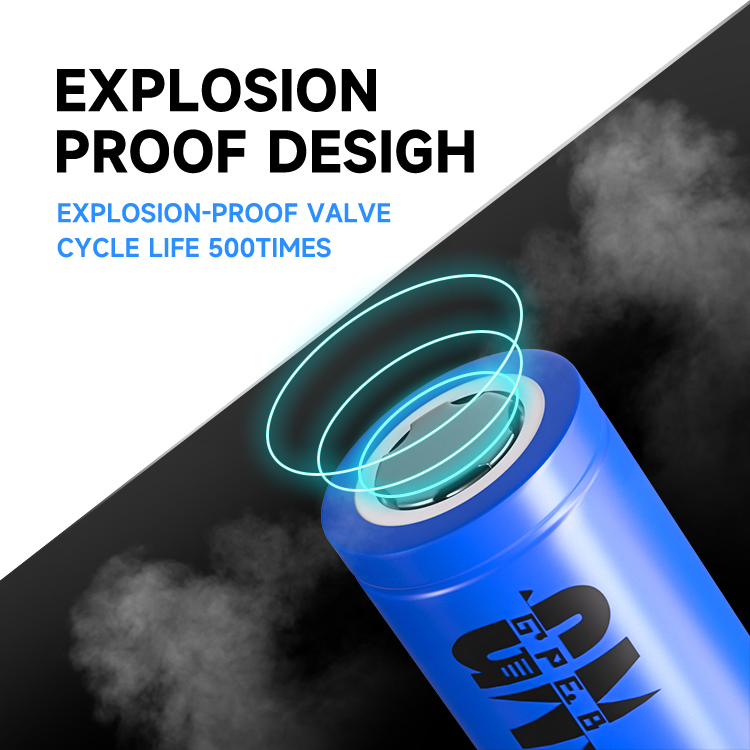


18650 lithium battery charge and discharge principle
The
working principle of lithium-ion battery refers to its charging and
discharging principle. When the battery is charged, lithium ions are
generated on the positive electrode of the battery, and the generated
lithium ions move to the negative electrode through the electrolyte. The
carbon used as the negative electrode has a layered structure, and it
has many micropores. Lithium ions that reach the negative electrode are
embedded in the micropores of the carbon layer. The more lithium ions
are embedded, the higher the charging capacity.
In the same way,
when the battery is discharged (that is, the process of using the
battery), the lithium ions embedded in the carbon layer of the negative
electrode come out and move back to the positive electrode. The more
lithium ions returned to the positive electrode, the higher the
discharge capacity. The battery capacity we usually refer to refers to
the discharge capacity.
It is not difficult to see that during
the charging and discharging process of lithium-ion batteries, lithium
ions are in a moving state from positive electrode → negative electrode →
positive electrode. If we compare the lithium-ion battery to a rocking
chair, the two ends of the rocking chair are the two poles of the
battery, and the lithium-ion is like an excellent athlete, running back
and forth at the two ends of the rocking chair. Therefore, the experts
gave the lithium-ion battery a lovely name rocking chair battery.